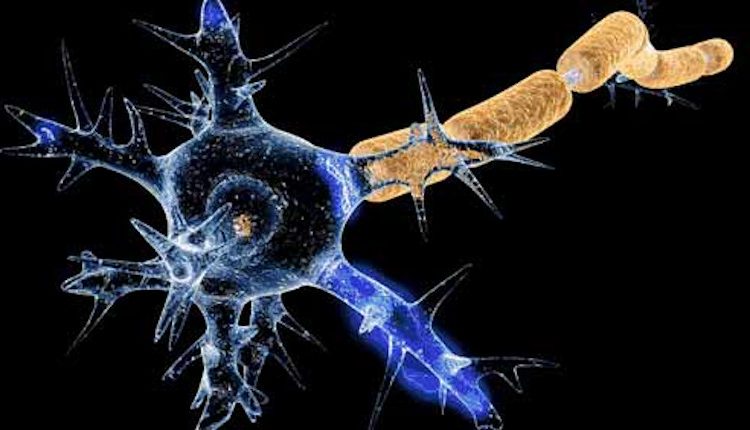
Case report: a case of post-COVID-19 Guillain-Barré Syndrome
On Minerva Medica, the Italian Journal of Emergency Medicine published an interesting case report on the post-COVID-19 Guillain-Barré Syndrome in a Caucasian woman at the beginning of the pandemic.
The following case report on post-COVID-19 Guillain-Barré Syndrome has been reported by Giorgio Cortassa, Stefania Bottone by the Emergency Department, Santa Corona Hospital, Pietra Ligure, Savona (Italy), and Mario Nebiolo (private practitioner, Pietra Ligure, Savona, Italy) on the Minerva Medical Edizioni.
Case of post-COVID-19 Guillain-Barré Syndrome: the patient
A 63-year-old Caucasian woman presented herself on the Santa Corona ED on March 28th, 2020 with a history of asthenia and remittent fever up to 39 °C in the past two weeks plus increasing shortness of breath. She had no comorbidity and had already started hydroxychloroquine 400 mg/day and clarithromycin 500 mg/ day during the past five days on prescription by an external physician. At admission, the patient was clearly sick, tachypneic and feverish.
As the paper reports: P/F was 273 in ambient air. A chest X-ray showed interstitial consolidation on the base of the right lung. Blood cells count was normal. Main data from the laboratory at admission were Na+ plasma concentration under the lower limit (Na+ 133 mmol/L; normal range: 136-146 mmol/L) high fibrinogen (523 mg/dL; normal range 200-400 mg/dL) and high D-dimer (1483 µg/L; cut-off 500 µg/L). The nasopharyngeal swab resulted in positive for COVID-19 whilst both anti-COVID-19 IgM and IgG were negative. The patient was admitted to the COVID-19 hospital of Santa Maria Misericordia in Albenga (Savona, Italy), receiving treatment with hydroxychloroquine 400 mg/day and fondaparinux 2.5 mg/ day plus respiratory support with Venturi mask at FiO2 0.5.
After a satisfying recovery, she was discharged, with indication to maintain the above-mentioned therapy at home for a total of 15 days. Two days after discharge the patient started to feel progressively increasing and upraising reduction of strength and sensitivity first in the feet and then in the legs. Following suggestion, she then returned to the Santa Corona Emergency Department with inability to walk with hyposensitivity and hyporeflexia in both feet and legs.
BELOW THE FULL PAPER ON THE CASE REPORT OF POST-COVID-19 GUILLAIN-BARRE’ SYNDROME
a case of post-COVID-19 Guillain-Barré SyndromeREAD ALSO
SOURCE


